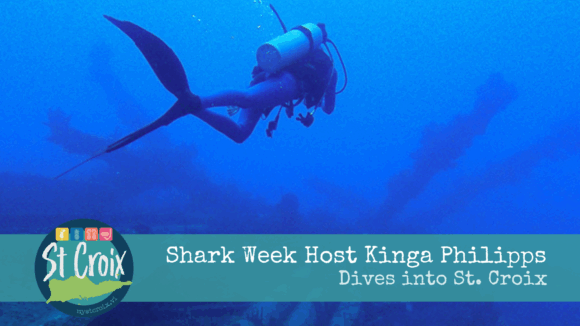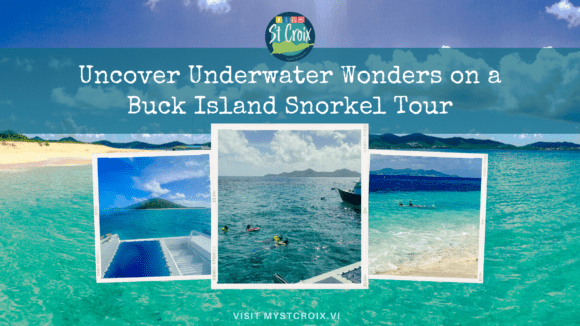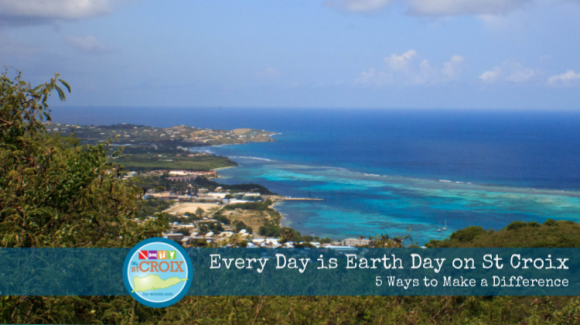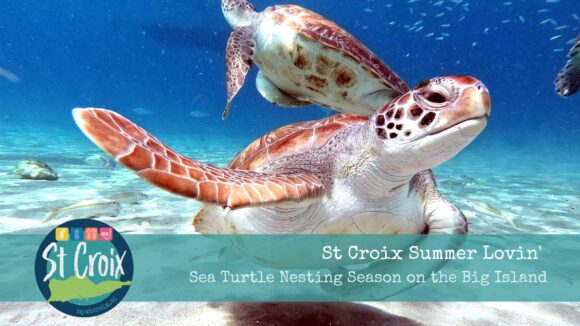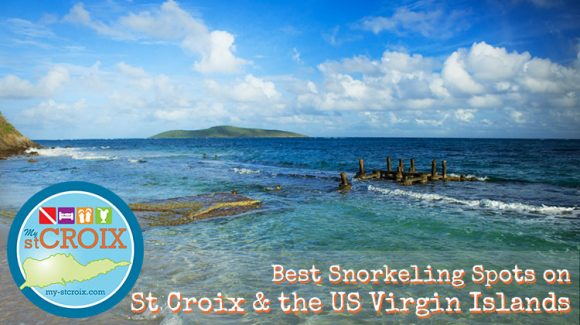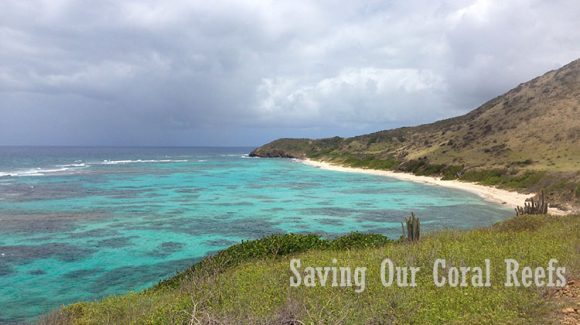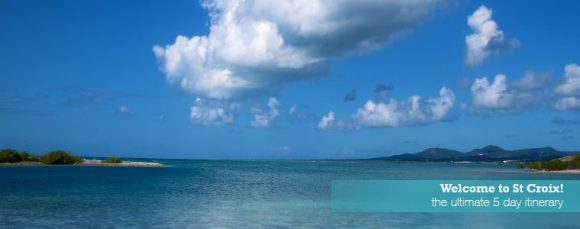Shark Week Host Kinga Philipps Dives into St. Croix
5 Epic Days of Adventure and Ocean Conservation When your friend is an Emmy-winning journalist, an inducted member of the exclusive “Explorers Club“, Shark Week host, and all-around badass adventurer who’s got a few days between shoots, you make room in your calendar! In late ...
Discover more
